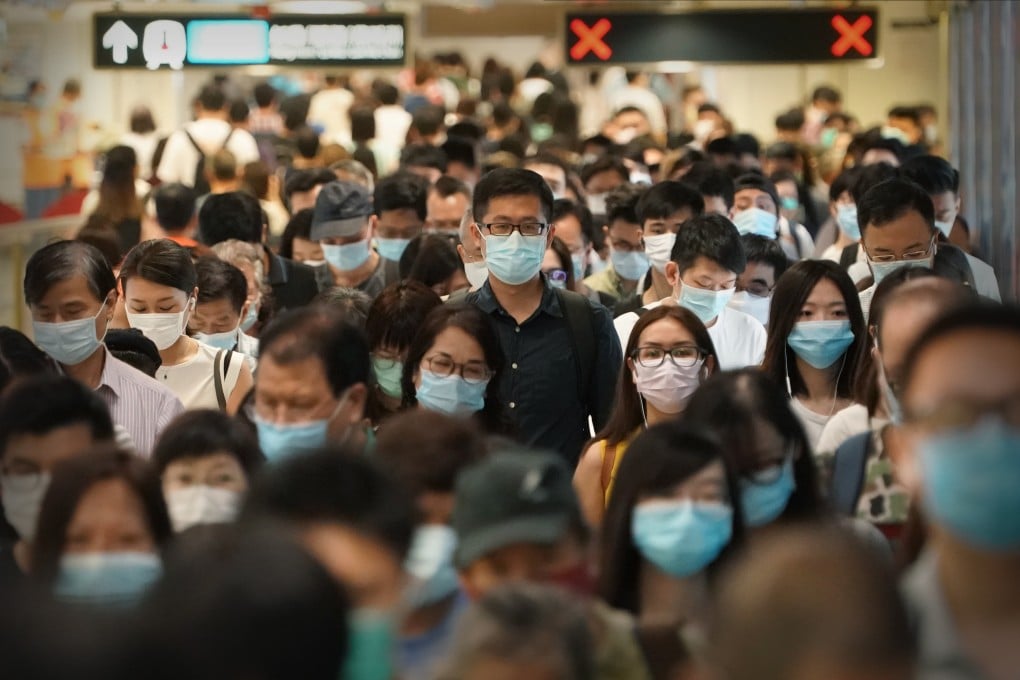What we know – and what we don’t know – about stopping the spread of the coronavirus
Lockdowns, travel restrictions and masks – what have we learned about how to stop the spread of Covid-19?

Fast action
One major early fumble was the incorrect assumption that the virus was like the flu. Many nations already had a plan in place for dealing with a pandemic flu. “It inhibited their ability to think about how to respond to another virus,”says epidemiologist Jennifer Nuzzo, at Johns Hopkins University, in Maryland, the United States.
The coronavirus required a different response, says Michael Baker, a professor in the Department of Public Health at the University of Otago, in Wellington, who advised the New Zealand government on the country’s Covid-19 response. Flu typically has an incubation period – the time between someone becoming infected and showing symptoms – of about one to two days. This makes it extremely difficult to trace the contacts of an infected person before they get sick themselves.
The coronavirus, on the other hand, appears to have an incubation period of about five to six days, but potentially several weeks. “It means that it’s a slower moving wave and there are more opportunities to use contact tracing and isolation and quarantine,” says Baker. “We know that’s the case because [the] Sars [coronavirus] was contained and eliminated with those traditional measures.”
In countries like China, South Korea, Japan, the initial response was quite rapid, so the containment phase worked really well for them
In addition, while flu can “sweep through a population in a matter of weeks”, he says, the coronavirus can stick around for much longer and can have lasting health effects for those who survive it. This is one reason the idea of waiting to achieve herd immunity rather than taking action to limit the impact of the virus – a strategy the British and Swedish governments initially considered – was widely dismissed by the scientific community.